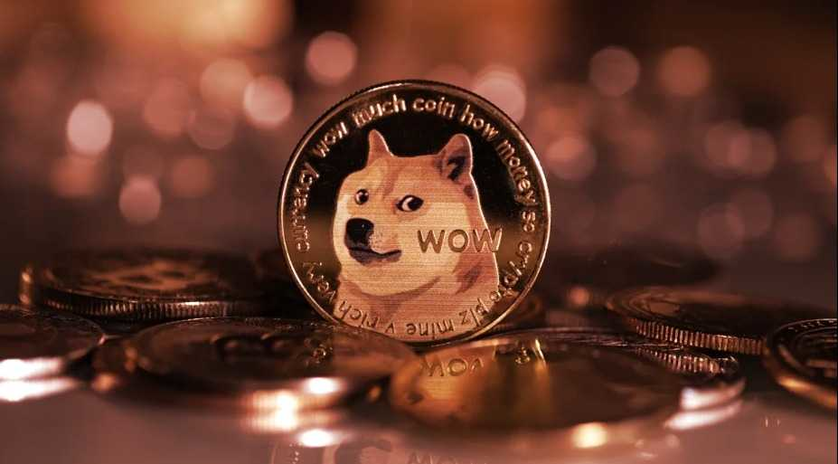With Ethereum’s switch to proof-of-stake, Dogecoin is now second only to Bitcoin among minable, proof-of-work coins.
With the Ethereum merge now completed and the top blockchain for NFTs and decentralized applications switched to a proof-of-stake system, Dogecoin is now the second largest proof-of-work coin after Bitcoin by market cap.
Initially launched in 2013 as a joke, lampooning the crypto crash, Dogecoin is currently the tenth-largest cryptocurrency, with a market capitalization of $7.95 billion.
Dogecoin, like Bitcoin, is mined using proof of work, which means miners use computers, and a considerable amount of energy, to solve complex mathematical equations, validating transactions and receiving DOGE as a reward.
Every day, miners extract roughly 14.4 million DOGE, according to crypto tracking platform Currency.com, adding to the coin’s 132.6 billion supply. Unlike Bitcoin, which has a limited supply of 21 millions that will ever exist, Dogecoin has no cap.
In recent years, Dogecoin has found itself an unlikely champion in the world’s richest person, Tesla founder Elon Musk, who has tweeted about the coin going back as far as 2019, and has caused the price of Dogecoin to pump on several occasions.

But not even Musk’s support could save Doge from the harsh crypto winter. Currently, Dogecoin is trading at $0.05, down from an all-time high of $0.73 on May 8, 2021, the same day Musk appeared on Saturday Night Live. That’s a decline of 91.89%.
Last month, cryptocurrency exchange and ATM company Coinme announced the addition of Dogecoin to the list of options on its machines through a deal with coin kiosk operator Coinstar. The ATM also supports Bitcoin, Chainlink, Ethereum, Litecoin, Stellar, and Polygon.



























